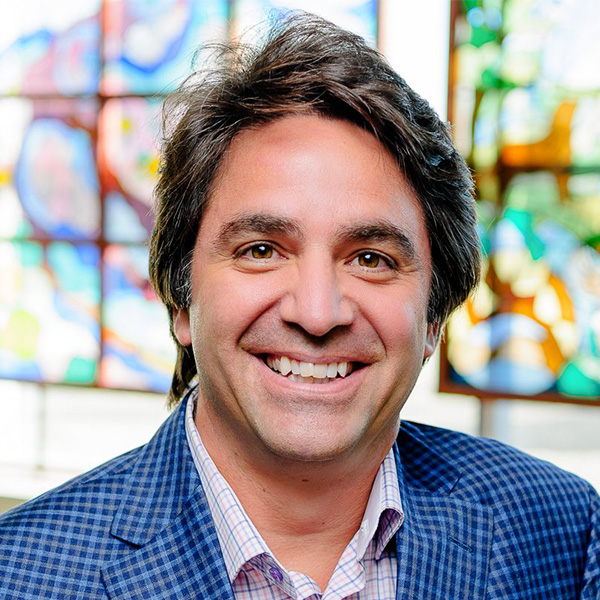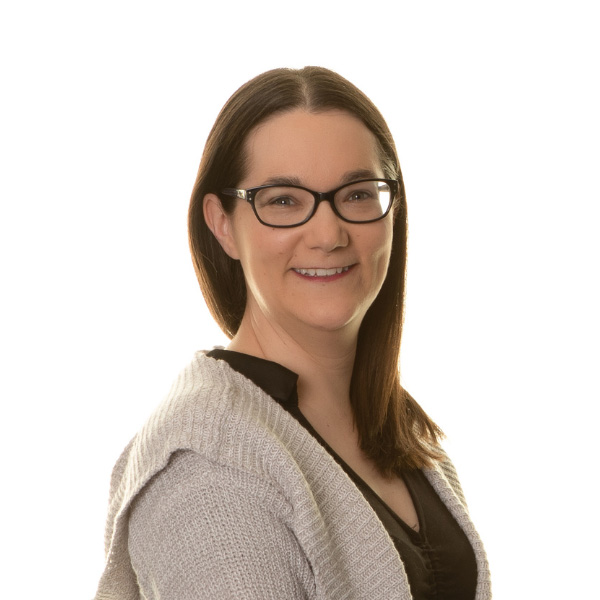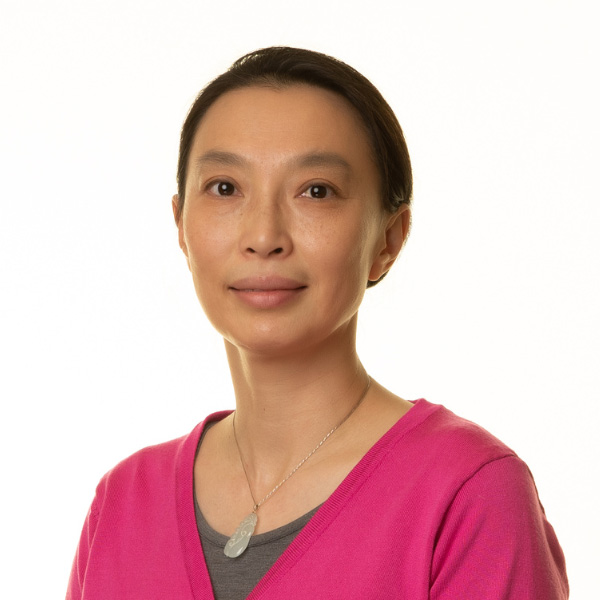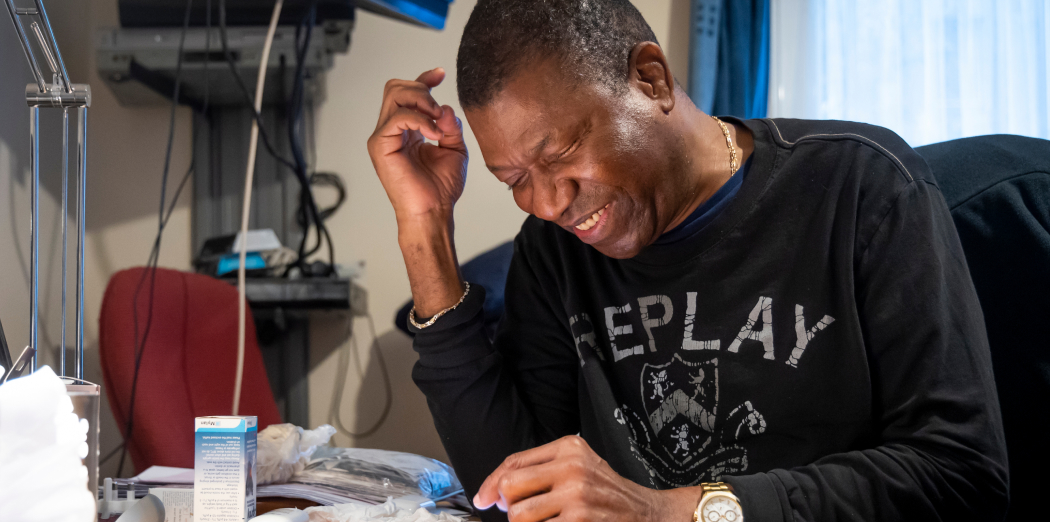Integrating innovative technologies into an orthopaedic clinic to support decision-making and personalized care: a feasibility study
2022 Catalyst Grant
Osteoarthritis (OA) affects millions of Canadians and involves a loss of joint cartilage and changes to nearby bone and soft tissue. This serious and incurable disease is also accompanied by increased pain, reduced function, and an overall decline in quality of life. The end stage treatment for OA is a total joint replacement but identifying those most in need for this treatment is challenging. Assessing the movement and loading of the lower limbs during walking and functional task can be an excellent way to support clinical decisions for the ever-increasing number of older adults with this disease. Unfortunately, no previous technology offered a clinically viable method to do so. Thankfully, recent advancements in motion capture cameras, wearable sensors, and artificial intelligence have changed that. We now have the capabilities to accurately and efficiently collect this information in-clinic and during a patient’s daily.
Nevertheless, this state-of-the-art technology has yet to be incorporated in an orthopaedic clinic and there is a need to determine the feasibility and accuracy of these data before we can support clinical decision-making. Therefore, the current project aims to implement these technologies at the Fracture and Orthopedics Clinic at St. Joseph’s Healthcare Hamilton and lay the foundation for a world-class translation research program that can provide clinicians with a complete picture of their patient’s joint function and specific deficits to ultimately facilitate innovations and customizations of treatment.




